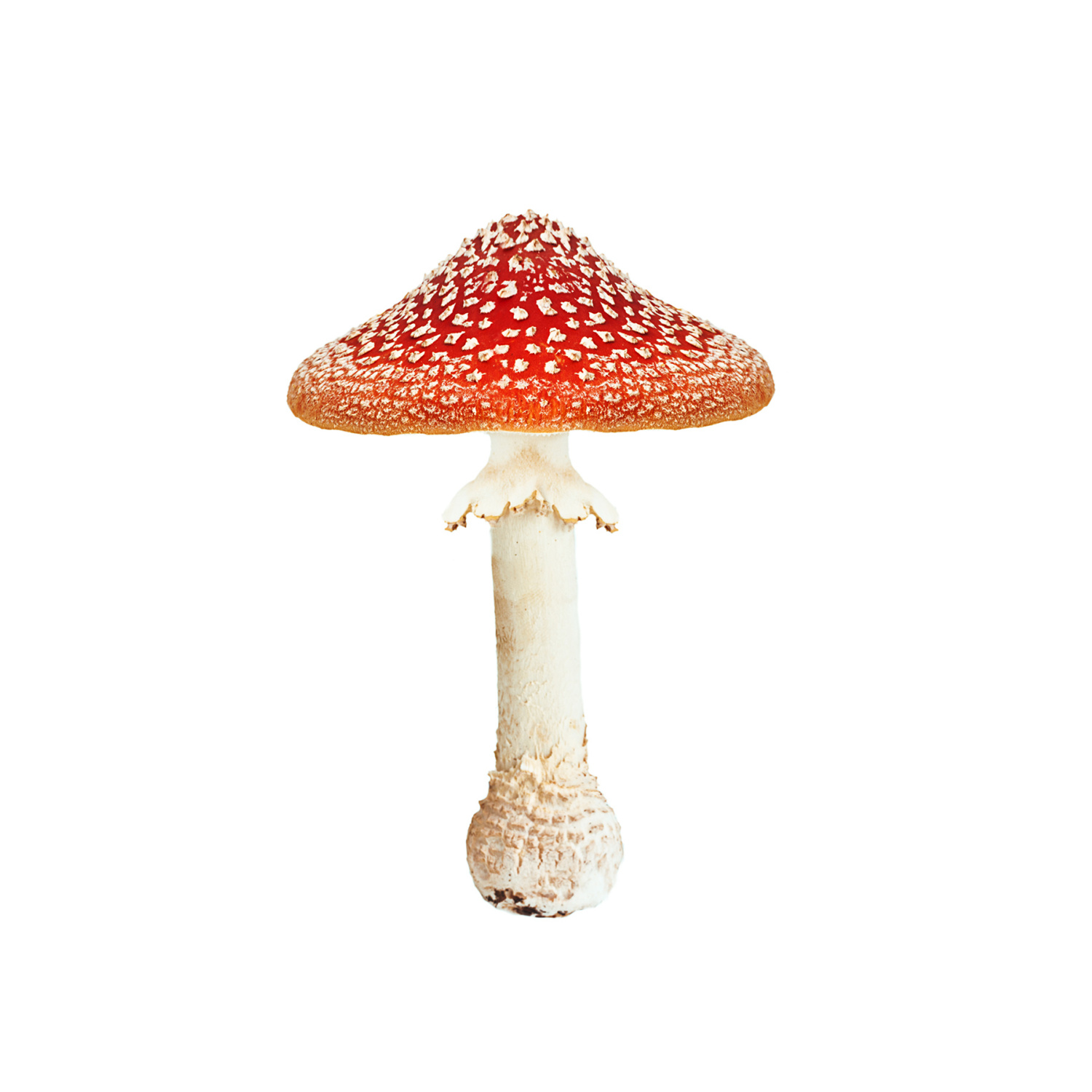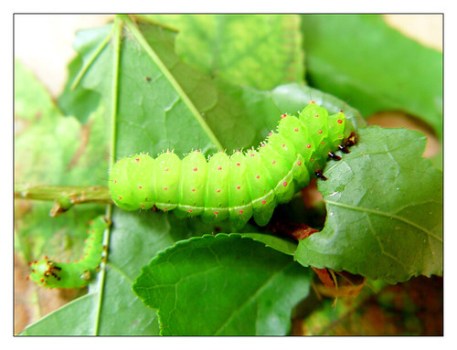 This is a Polyphemus Moth, one of the largest of the Giant Silkworm Moths, although not the largest North American moth, the Cecropia Moth (Hyalophora cecropia).
This is a Polyphemus Moth, one of the largest of the Giant Silkworm Moths, although not the largest North American moth, the Cecropia Moth (Hyalophora cecropia).
Because of the large eyespot on each hind wing, this moth is named after Polyphemus, the legendary Cyclops from Homer’s Odyssey who lived in a cave and tended sheep and ate straying sailors.
From the outside, or underneath, when they are closed, the Polyphemus moths’ wings look like dead leaves. But if this moth is disturbed too much, it may drop onto the ground and flop its wings vigorously. It will snap its wings open as an anti-predation mechanism intended to expose the large eyespots which mimic an owl’s eyes which can startle a predator, such as a squirrel or bird. After a while the moth will cease flopping, then continue to “warm up”. Silk moths are so large that they must warm their flight muscles for a minute or two before they can fly. They do this by shivering and in doing so, the flight muscles vibrate in opposition to each other rather than in synchrony as they would in flight.
The first time I ever held a large Silkmoth I thought the trembling was fear . . . it’s really just getting ready to fly. I guess we are always trembling before something big is about to happen, before we must take flight.
The moth I have pictured is a male, which you can tell by the larger, fan-like antennae. Today, my boss called me to the back office where he pointed out a strange creature hanging from the eaves. as if by miracle . . . it was a female, of the same species. Shortly after I captured her, she laid eggs! I collected them and took her home to meet the male I had.
 Now—the eggs she laid may be infertile—I will know in a few days if they collapse. There is also a good chance they may be viable, in which case this is the caterpillar of the Polyphemus Moth. Then I will be fortunate enough to witness the whole cycle through pupation and rebirth again, with fine, unbattered specimens for later.
Now—the eggs she laid may be infertile—I will know in a few days if they collapse. There is also a good chance they may be viable, in which case this is the caterpillar of the Polyphemus Moth. Then I will be fortunate enough to witness the whole cycle through pupation and rebirth again, with fine, unbattered specimens for later.
This moth is born without mouth parts. It does not eat. There is nothing I can do to preserve it. This is a feature that constantly amazes me. All of its energy and food will have been stored up from all the eating it did as a caterpillar. It will mate and it will lay eggs and it will die.
A rainstorm came tonight, windy and cold, whispering around the house. I let the moths out of their enclosure, they crawled over my hands, scaled the length of my arm, crawled up my neck and lit off from the top of my head into the air of the room, the cats watched and I forbade them to leap or attack. I put them away and they flailed helplessly, battering against the edges of the world. could I keep them, knowing they die soon anyway and I would be left with their colorful cases? could I watch them die or come back to find them this way—colorful, then pale and ragged?
I opened the front door, opened the cage and the male found its way out immediately fluttering somewhere above the rain into the treetops. the female dragged herself lightly along, her abdomen a heavy half-moon curved to lay eggs, looking more tired, flagged, drugged, close to sleep. I wonder how I will find her in the morning.
I have to respect a creature whose ending life cycle seeks only to love briefly and to die. It spends 10 to 14 days in its tiny white infancy, eats its own shell after being born and then begins to eat everything it is presented, absorbing all it can. it sheds itself five or 6 times, each one called an “instar” and then it crawls away to hide, spins a cocoon in August or September and sleeps until May or June where upon emerging a shriveled childlike thing again, it will blossom fully and live briefly.
This is so much like us—we spend our first years helpless and hungry, we take everything we are given, swallow it up whole, we shed our skins several times trying to be stars and by the time we know, by the time we are calm and nearly perfect, our days left to love and to live are considerably short.
Best to keep our eyes open at night, to flap around for attention to prove we exist, to shiver for warmth and work our muscles to gather internal strength when we must finally take our leave, and to leave knowing we have loved.





 This is a Polyphemus Moth, one of the largest of the Giant Silkworm Moths, although not the largest North American moth, the Cecropia Moth (Hyalophora cecropia).
This is a Polyphemus Moth, one of the largest of the Giant Silkworm Moths, although not the largest North American moth, the Cecropia Moth (Hyalophora cecropia). Now—the eggs she laid may be infertile—I will know in a few days if they collapse. There is also a good chance they may be viable, in which case this is the caterpillar of the Polyphemus Moth. Then I will be fortunate enough to witness the whole cycle through pupation and rebirth again, with fine, unbattered specimens for later.
Now—the eggs she laid may be infertile—I will know in a few days if they collapse. There is also a good chance they may be viable, in which case this is the caterpillar of the Polyphemus Moth. Then I will be fortunate enough to witness the whole cycle through pupation and rebirth again, with fine, unbattered specimens for later.